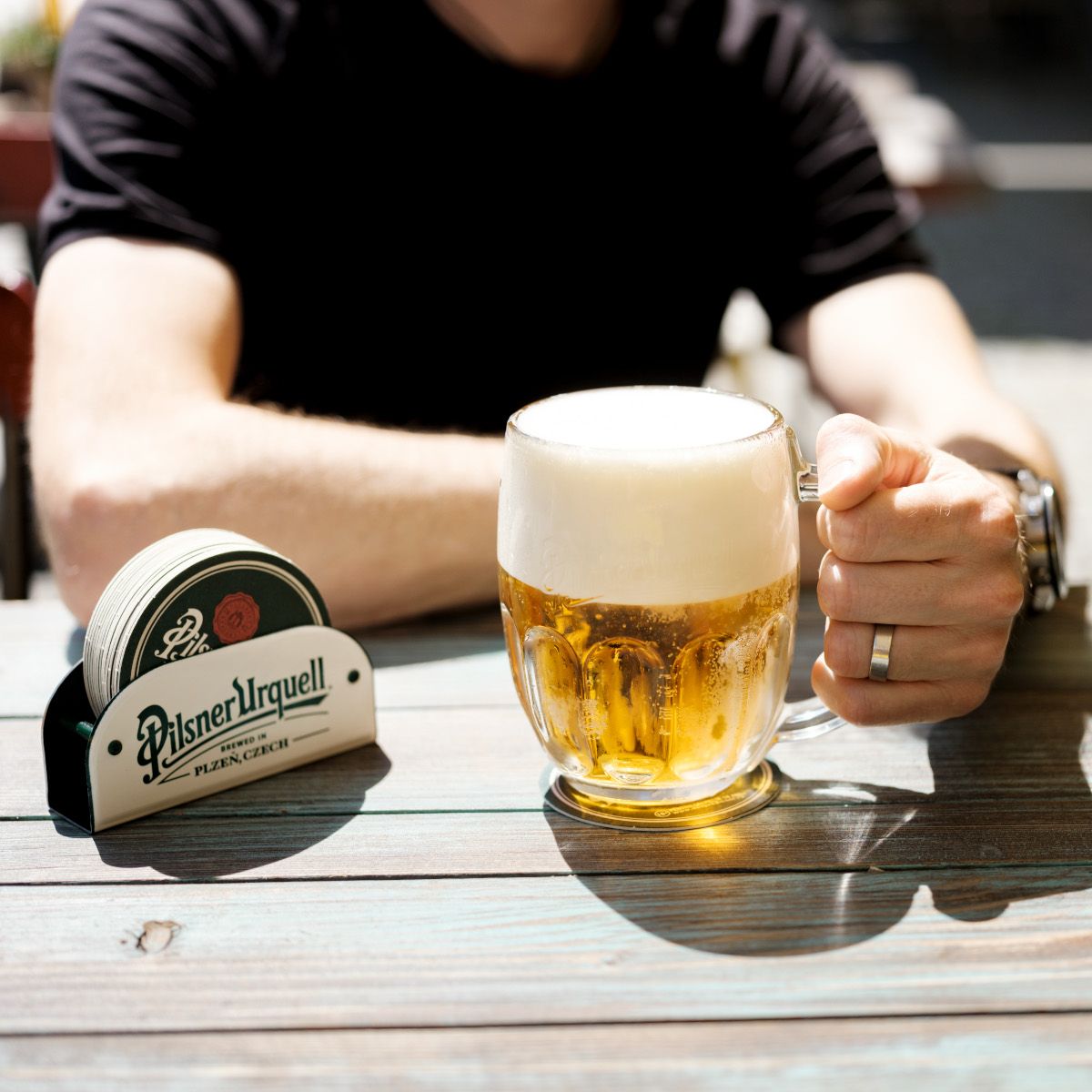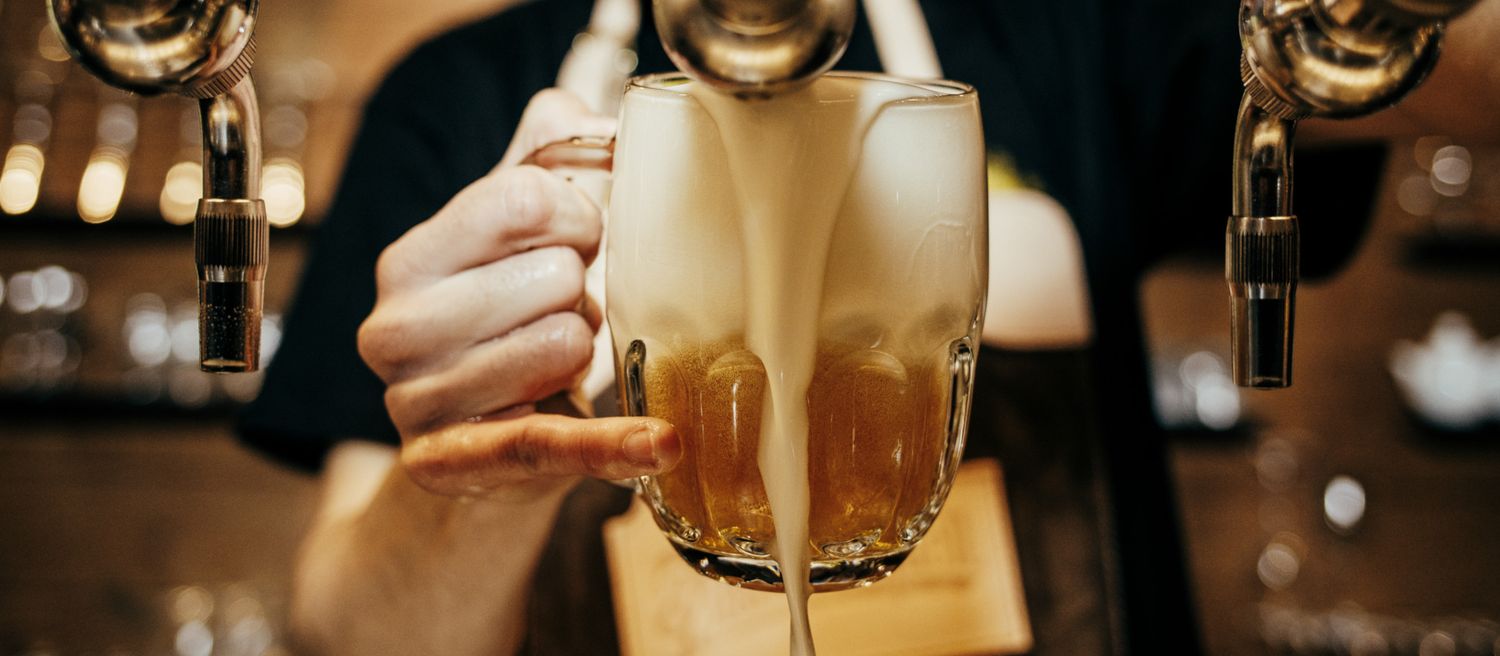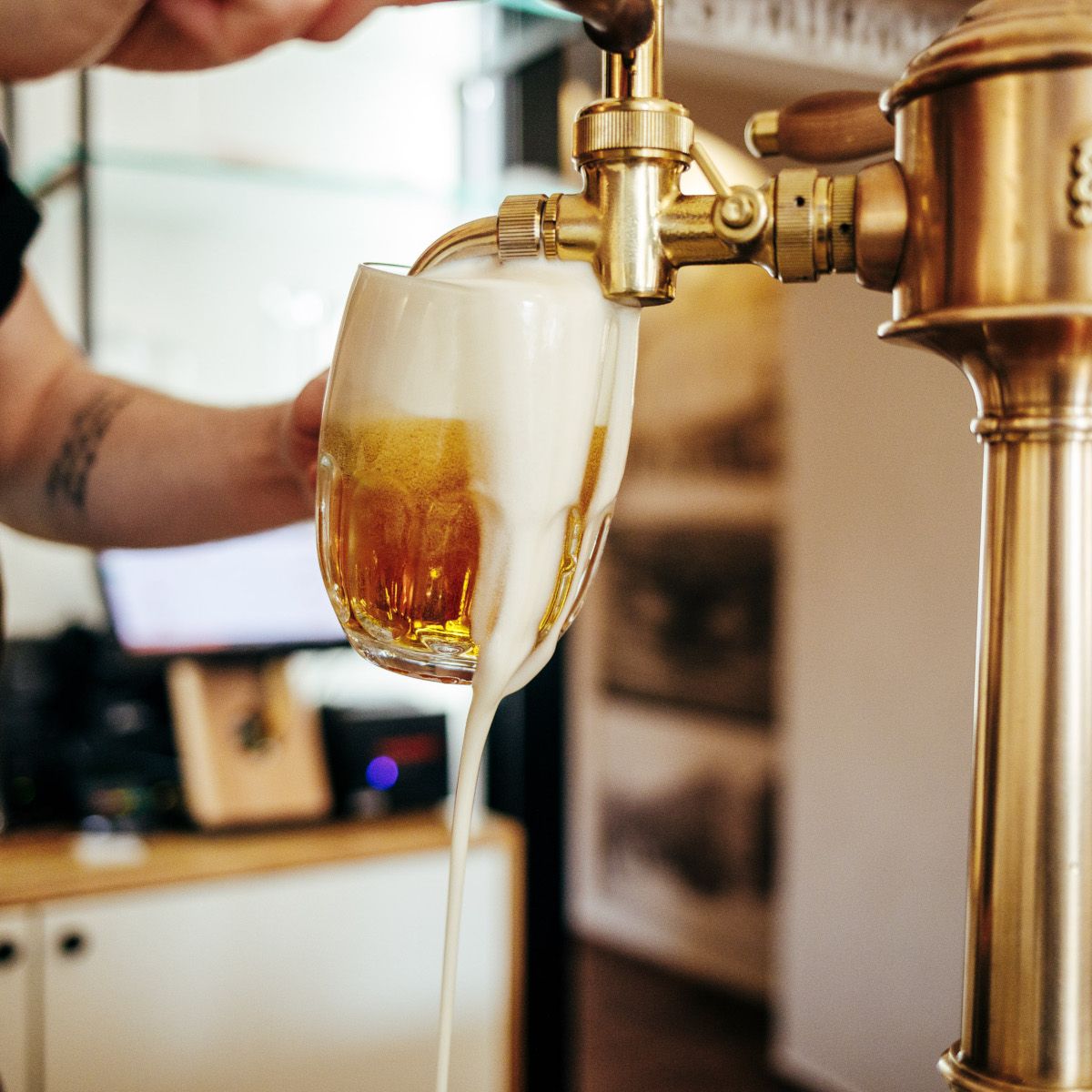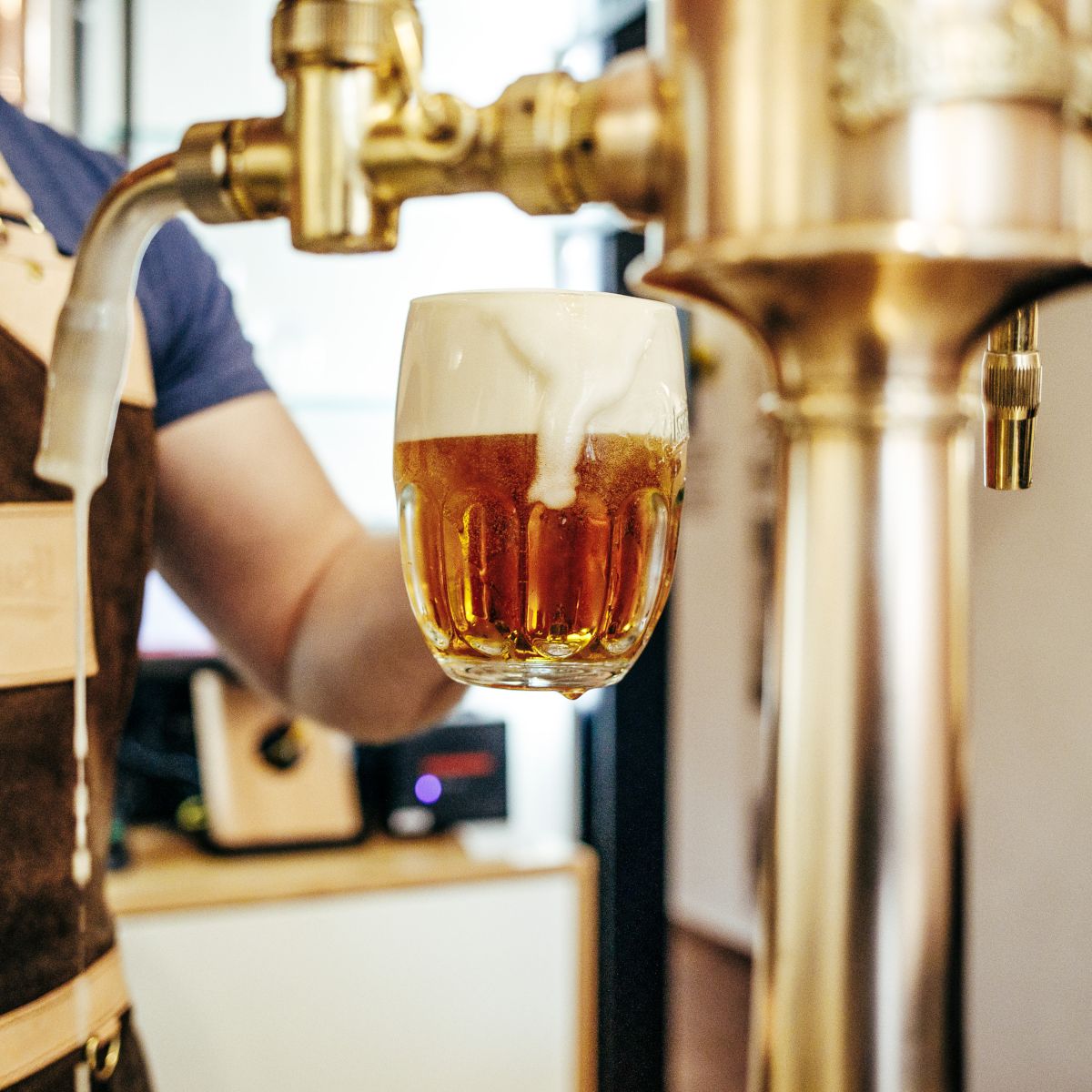
If you’re a beer lover you’re probably very particular about the kind of beer you drink, but have you given much thought to where beer is stored? Kegs have come a long way since 1842, the year Josef Groll first brewed Pilsner Urquell. But even as kegs have changed, our golden lager has stayed the same.
Thousands of years ago when people began brewing, they mostly kept the beer in clay pots. But at some point brewers realised they could carbonate beer by storing it in airtight containers while the yeast continued to ferment.
As brewing developed in Europe, wooden casks were designed from oak and other hard wood. But because this beer was unpasteurised and unfiltered, it had a very short shelf life. The beer continued to mature inside the kegs, so the Tapster had to know the best moment to serve each one!
Pasteurisation, invented in 1864, made beer easier to preserve. The beer is ready to drink when it arrives at the pub, but it can also be stored without losing any of its flavour or quality. By the early 20th century, most pubs started using pressurised kegs made of stainless steel or aluminium, which keeps the beer fresh and makes it even easier to serve.
We have always been dedicated to serving Pilsner Urquell perfectly while preserving our traditions. Our Master Coopers still make wooden kegs for special occasions, and of course we still lager some beer in oak barrels in our brewery cellars. But we also embrace new technology—that’s why we serve fresh, unpasteurised beer from vacuum-sealed stainless steel tanks in our Tankovna bars.


